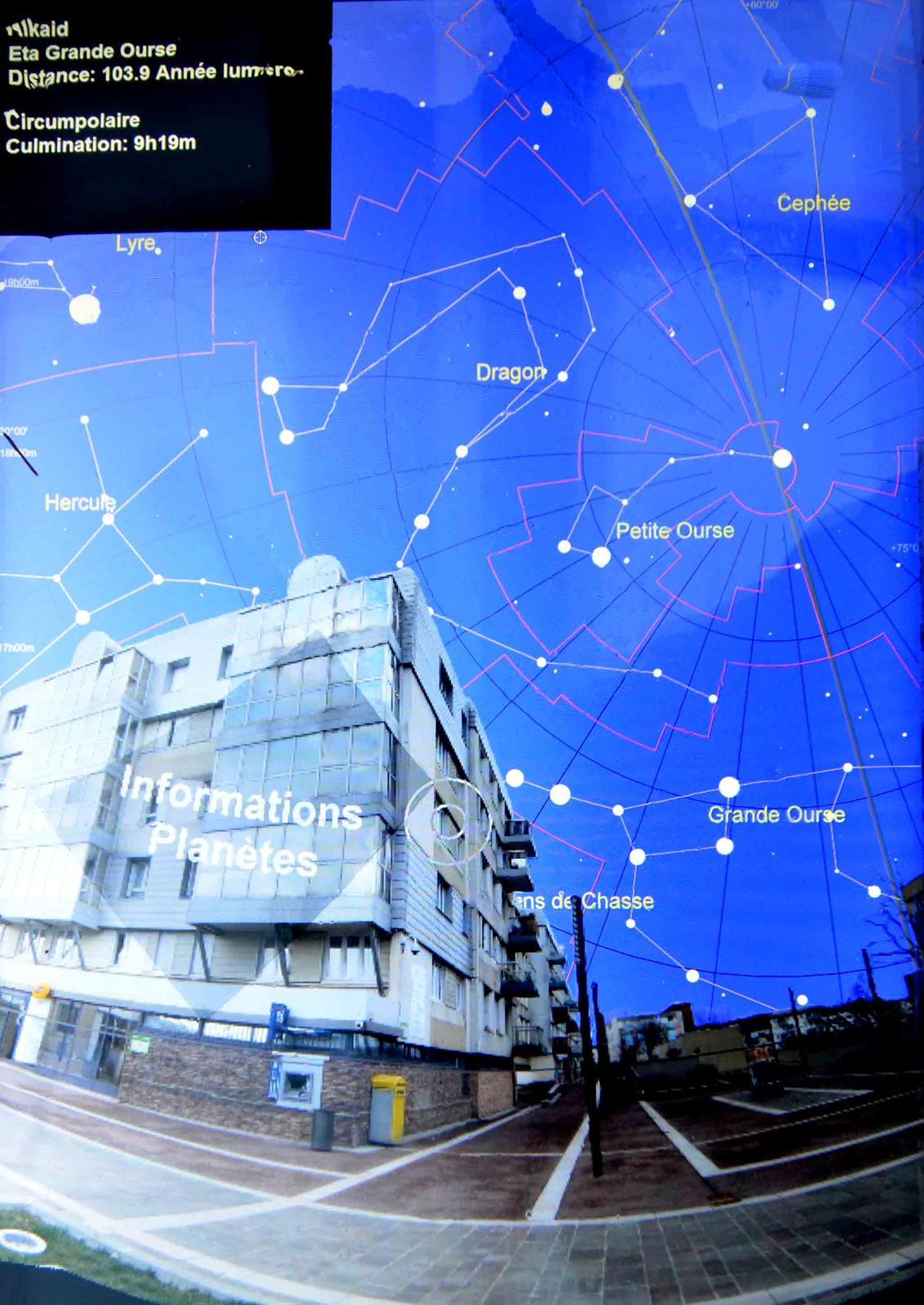the astrolabs
translated with Goggle traduction
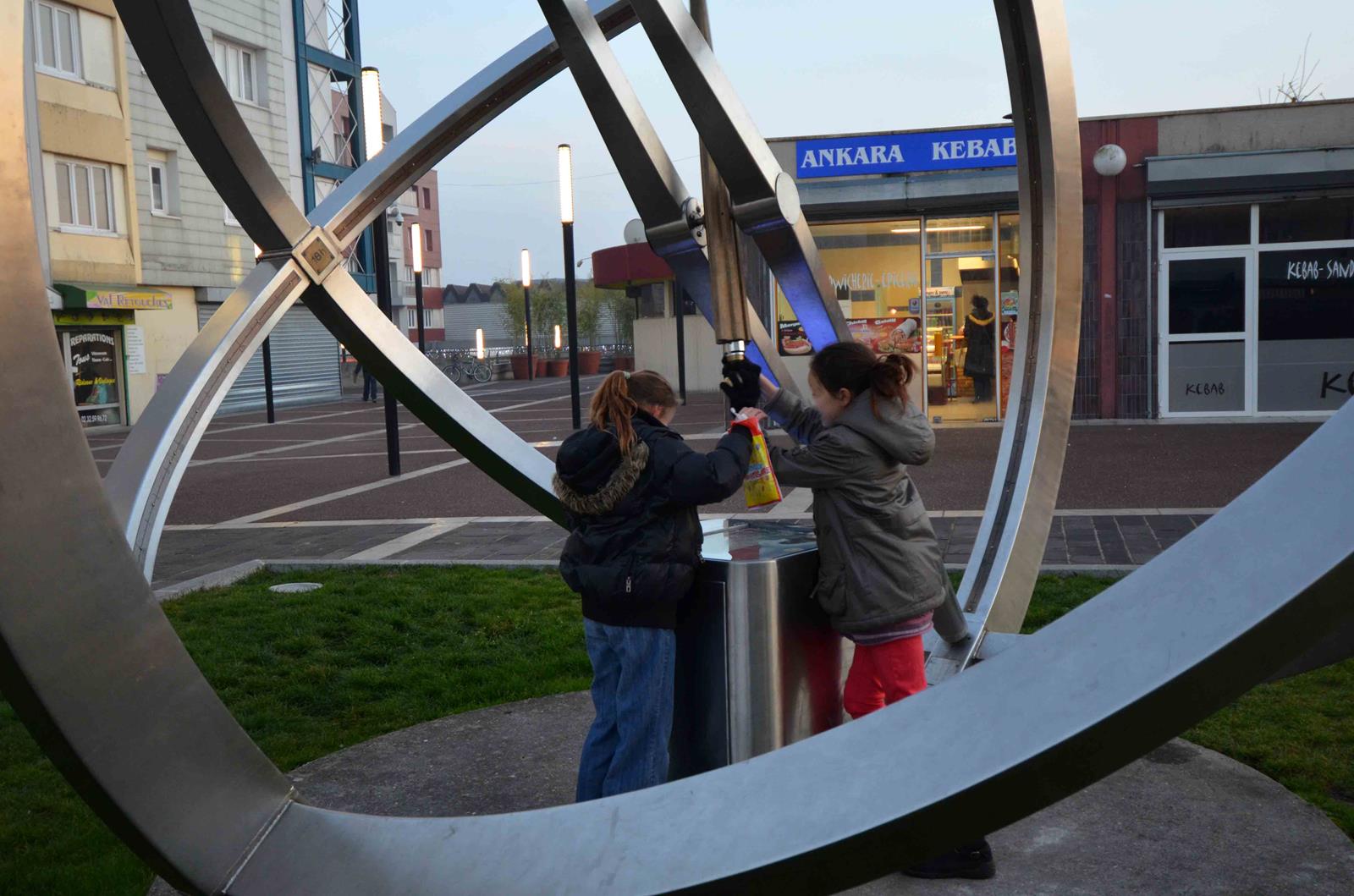 after school ? go to the Astrolab !
after school ? go to the Astrolab !
I’m 10 years old. My father’s heavy marine binoculars aren’t just for seeing far away. They’re a good excuse to spend the evening outside. I see things like seas and mountains on the moon. Saturn’s rings, on the other hand, are only clearly visible in the pages of “Science & Vie”.
 Bernard Trézéguet’s screens for the 1991 Astrolabe
Bernard Trézéguet’s screens for the 1991 Astrolabe
Bernard Amsalem, the Mayor of Val de Reuil, asked me in 1990 to think about a project. The New Town is home to more than 50 nationalities. I propose to the Mayor an astrolabe, an invention to which all the peoples of the Earth have contributed.
This invention hasn’t killed anyone.
 The prototype of the Val de Reuil Astrolabe is on display at the National Center for Art and Technology in Reims.
The prototype of the Val de Reuil Astrolabe is on display at the National Center for Art and Technology in Reims.
When the hand points the bronze arrow toward a star or planet, the Astrolabe displays its name. The screen adds the most important information, in my opinion: the distance. Forget the kilometers! The Val de Reuil Astrolabe indicates the “Time it takes for light to reach us”
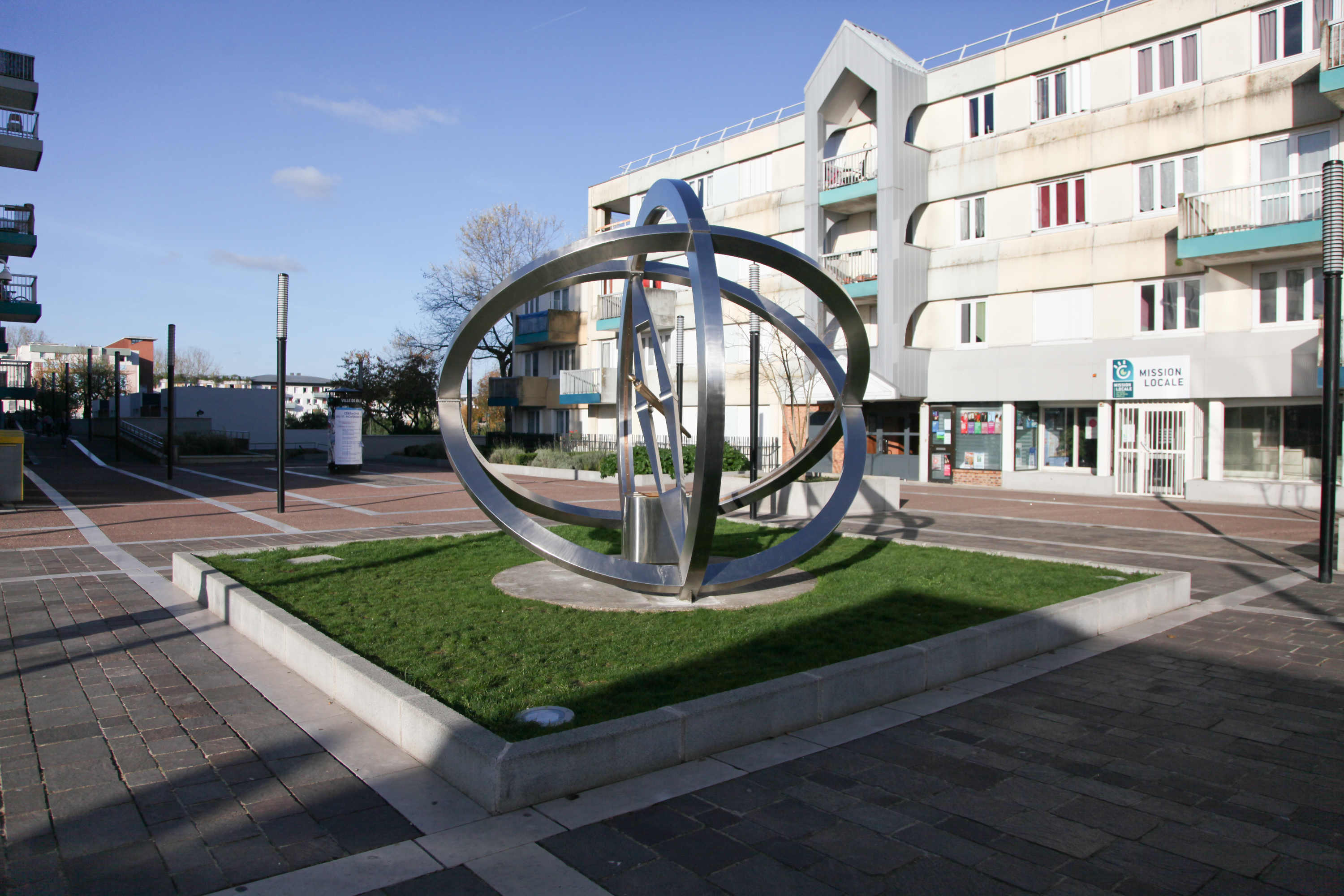 Post Office Square in Val de Reuil and the stamp (2001)
Post Office Square in Val de Reuil and the stamp (2001)

Wandering through the sky, we learn that at the speed of light, the Moon is one second from Earth. The fifth-grade students realize that the light, which left the North Star this morning, will arrive here long after their deaths. Moreover, the light that will reach us tonight from the great star Betelgeuse was lost when the Cro-Magnons were hunting mammoths in what would one day become the schoolyard.
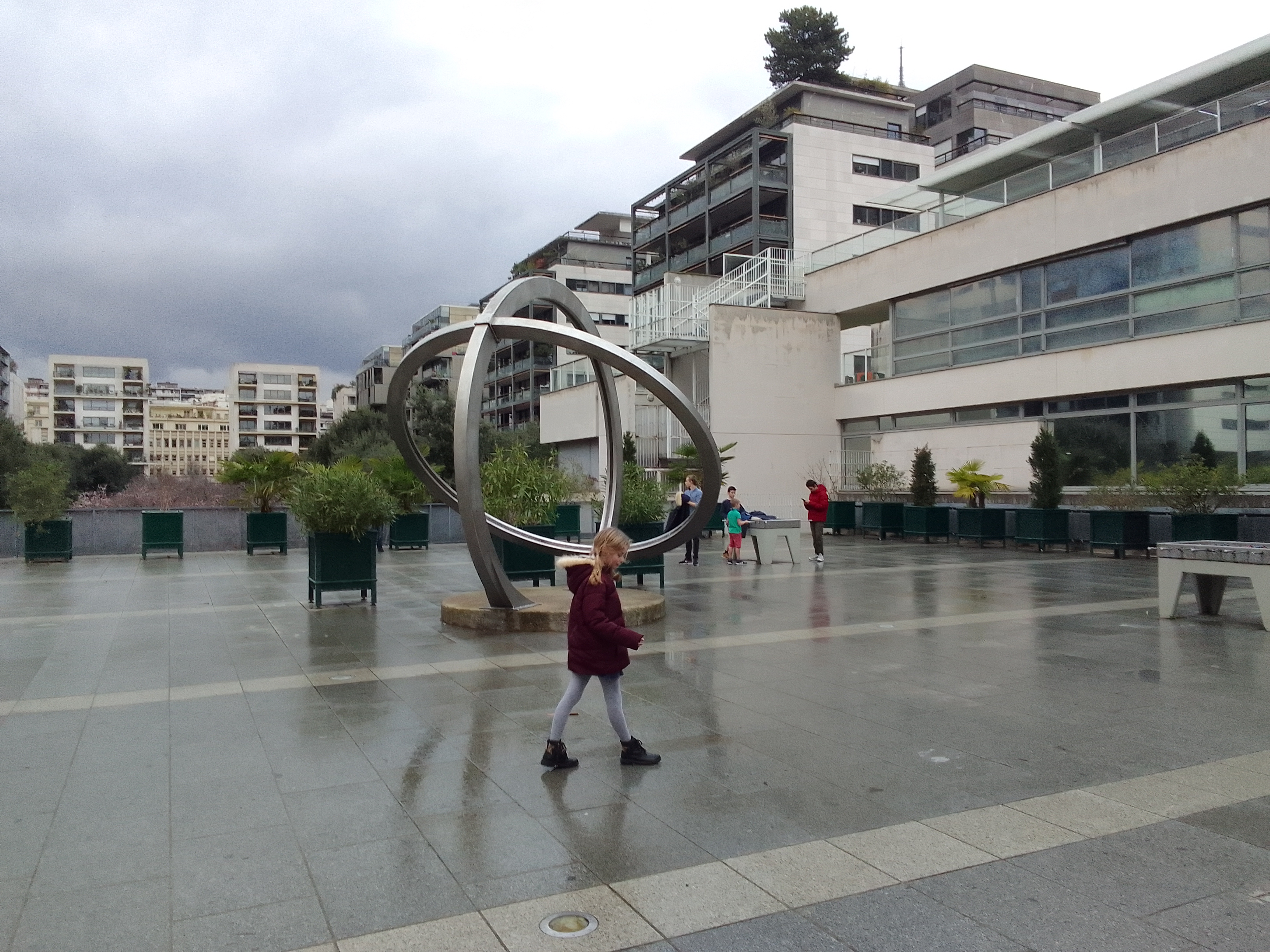 The Astrolabe of Square Dupleix in Paris.
The Astrolabe of Square Dupleix in Paris.
My lifelong passion: light and time. The Light received by the Astrolabe… or that created by the Luchrones… The planet Earth is not forgotten: it will be the project of the years to come.
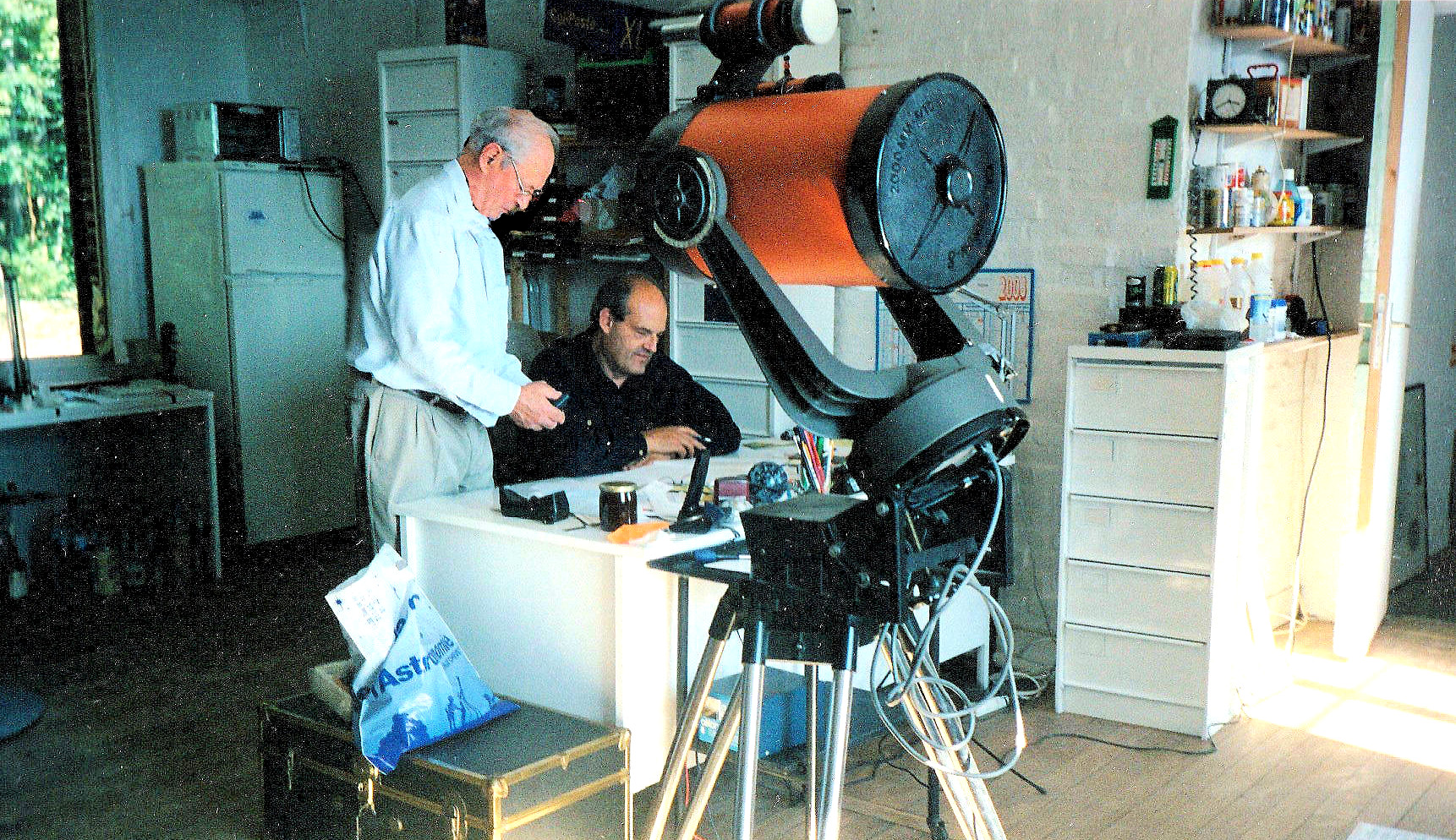 Bernard Trézéguet is the author of the original calculation software and maps for the Astrolabe in 1991.
Bernard Trézéguet is the author of the original calculation software and maps for the Astrolabe in 1991.
